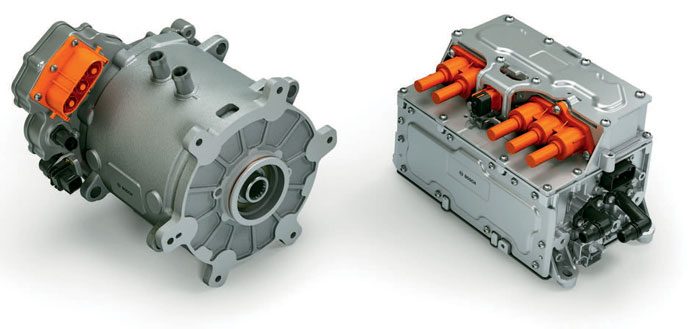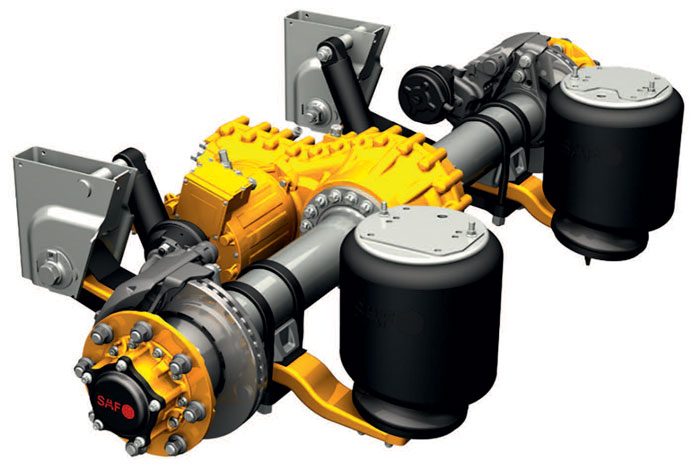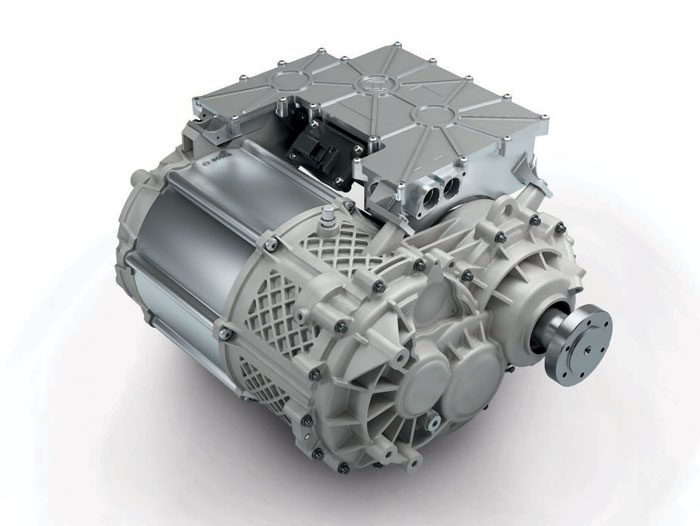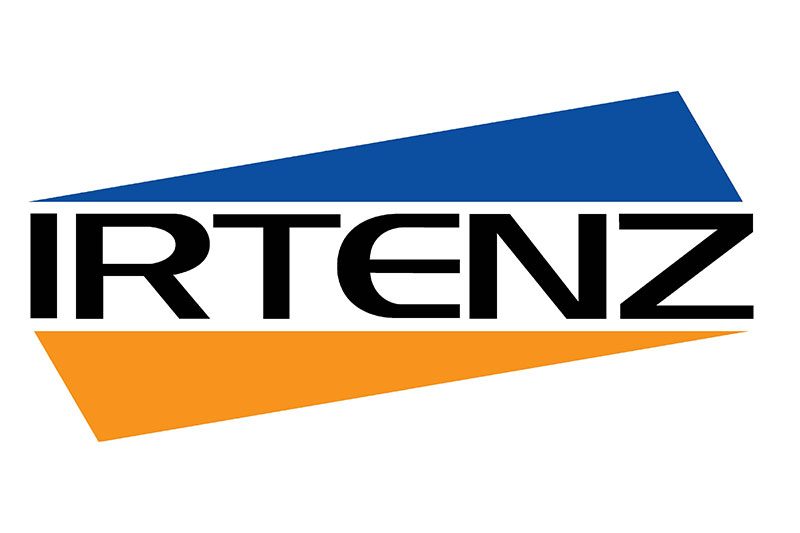ELECTRIC TRAILER AXLES – MAKING THE MOST OUT OF WASTED ENERGY
Electric and hybrid trucks are set to increase in number for sure, but they‘re only half the story.

Photo: The Bosch Electrified Semitrailer Axle is estimated to save approximately 9000 litres of fuel per year.
Broadly speaking, electric vehicles fall into three main categories:
• Battery electric vehicles: Powered by electricity stored in a battery pack and recharged externally. They also recover energy to recharge the batteries when the vehicle is in use.
• Plug-in hybrids: Combine a petrol or diesel engine with an electric motor and large rechargeable battery. Some of these also have an external charging facility.
• Fuel cell vehicles: Convert the energy in oxygen and hydrogen into electrons that power an electric drive motor and charge a high voltage battery.
Advances in technology plus increasing environmental awareness means that electric trucks will become more and more popular. Many suppliers into the New Zealand market are now offering hybrids in their lighter truck range as offthe- shelf options. One thing that has not been commonly discussed though, is the fitting of electric axles to trailers. At the 2018 IAA Commercial Vehicle exhibition in Hannover, Bosch launched an electrified trailer axle for semi-trailers. Other major axle manufacturers have similar products available.
How do electric trailer axles work?
The principle behind these is quite simple; they capture the energy that is created when a trailer is rolling freely along the road and use this to generate electric energy to charge an onboard lithium-ion battery or high storage capacitor (typical storage voltage is 400 volts). Because the drive to the axle is not required all the time, generally only when starting and ascending hills, this surplus electrical energy can then be used to power trailer-mounted electrical equipment such as fridge units and hydraulics – thereby reducing the carbon footprint created when this equipment is used. Energy can also be captured when braking to further enhance the storage of electrical energy. It is the generator that captures this energy which can also be used as the motor to drive a trailer axle. It is worth recalling that a generator converts mechanical energy into electrical power; it can also be the same device that converts electrical power into mechanical energy. A generator should not be confused with an alternator; although they do the same thing – convert mechanical energy into electrical energy – an alternator cannot become a motor without extensive rework.

Photo: The SAF-Holland TRAKe electric drive trailer axle.
Photo: Bosch eAxle for light commercial vehicles.
The benefits
Tests conducted by Bosch suggest that a fridge unit operated by electricity generated by recovering wasted energy can save 9000 litres of fuel each year. That‘s about 24,000kg of CO2 emissions, (burning one litre of diesel produces 2.68kg of CO2). A report in the February 2020 edition of Transport Engineer suggests that a trailer equipped with a 22kwh lithium-ion battery charged by recovery energy from the last axle in a tri-axle set could deliver 200Nm of torque to drive the axle. It is claimed that this could result in fuel savings of between 4% and 18%. A further benefit claimed for fitting motor-driven trailer axles is that it enables the trailer to be moved around a yard or storage facility without the need to couple it to a prime mover.
Design
There is no clear design direction yet. Some manufacturers prefer to have a generator/motor driving each wheel while others have a single motor delivering power through a centrally mounted differential. Both designs provide for each wheel to be driven independently when required, such as when going around a corner. Ultimately it may come down to cost and consumer choice.
Downside
Electric trailer axles and their associated equipment will increase the tare of the unit, reducing payload.
Summary
Innovation will be the key as the industry comes under greater pressure to reduce its carbon footprint. Capturing and using the wasted energy generated as a trailer moves along the road could be one of the innovations.
Read more
IRTENZ Conference 2023 – PBS
0 Comments12 Minutes
IRTENZ Conference 2023
0 Comments12 Minutes
IRTENZ Conference 2023
0 Comments20 Minutes


